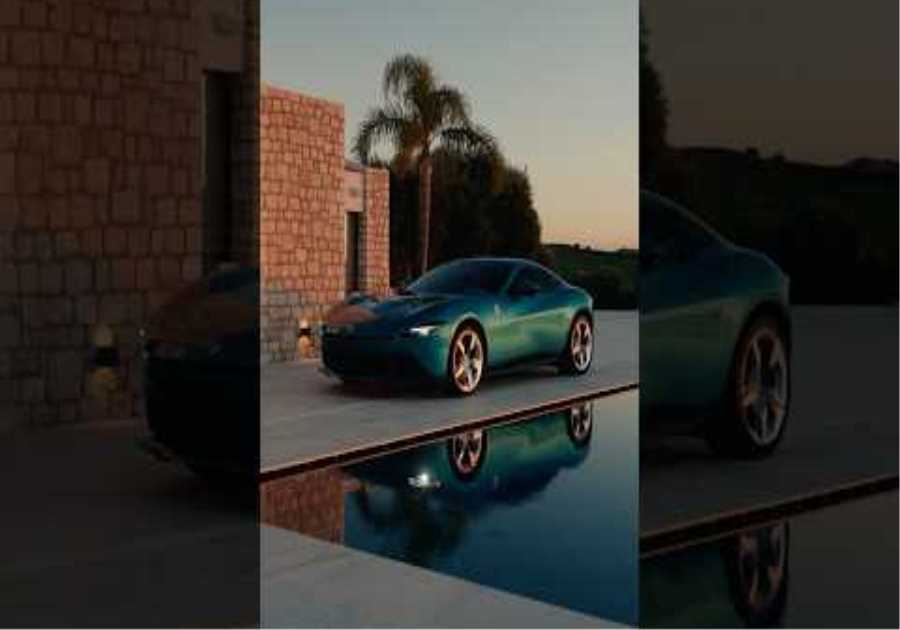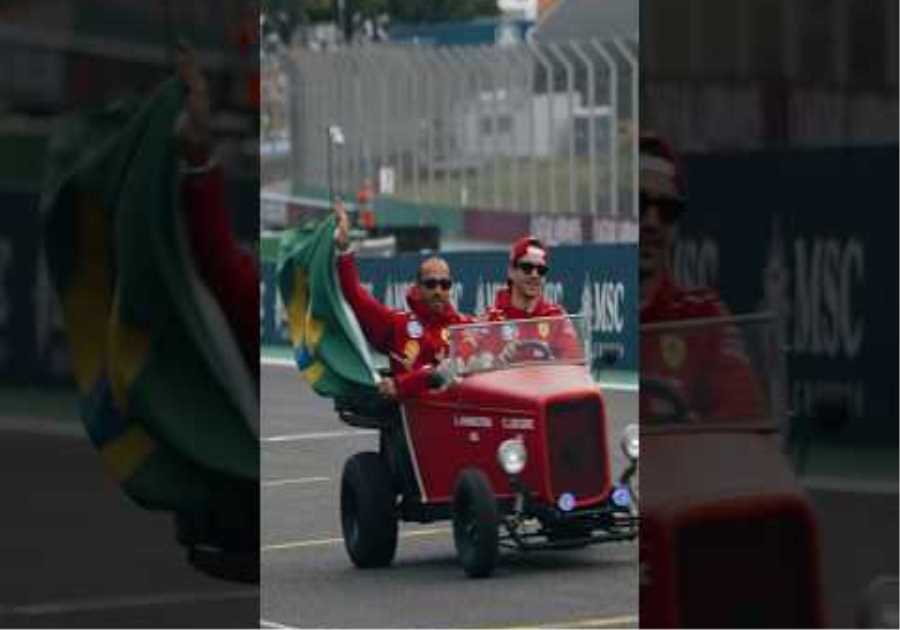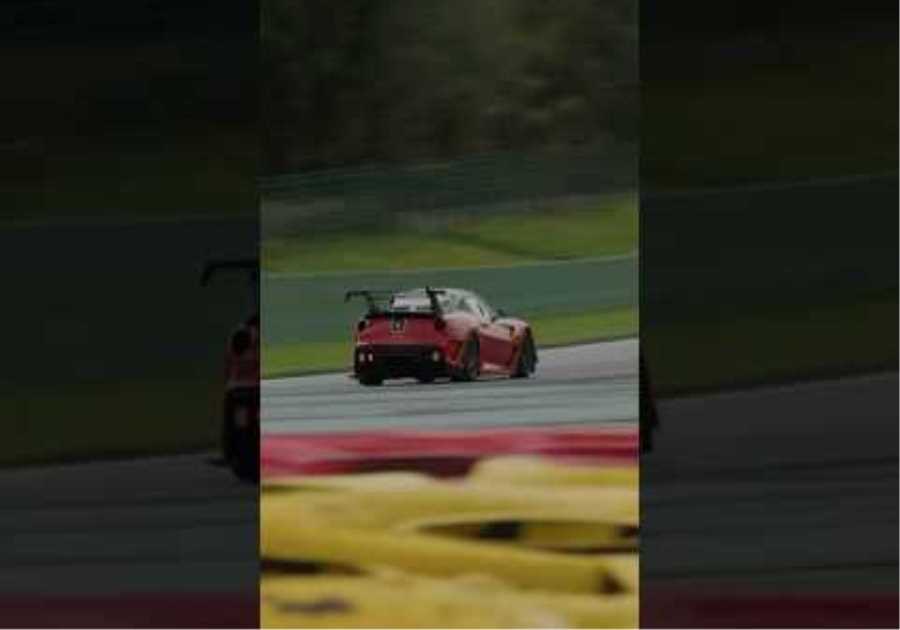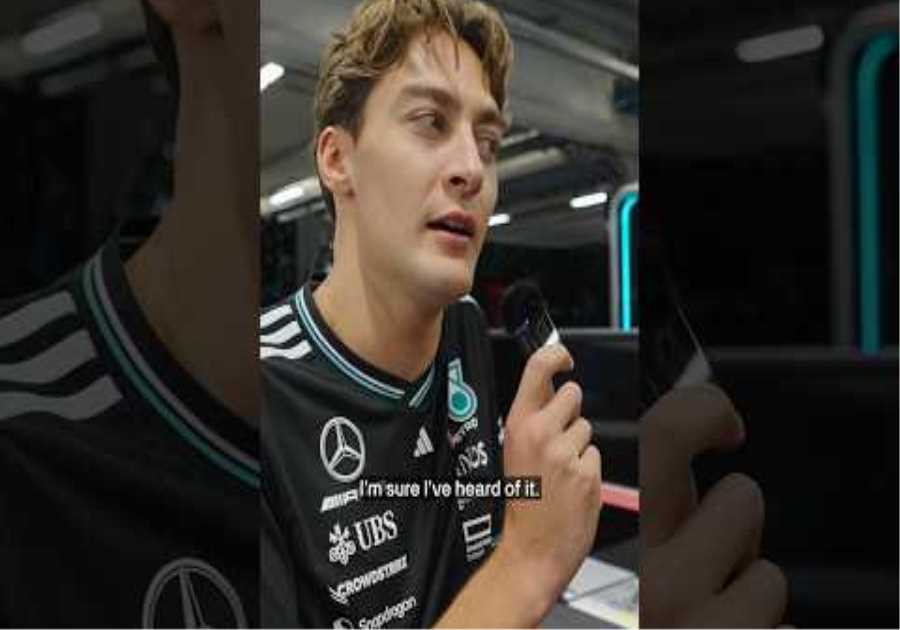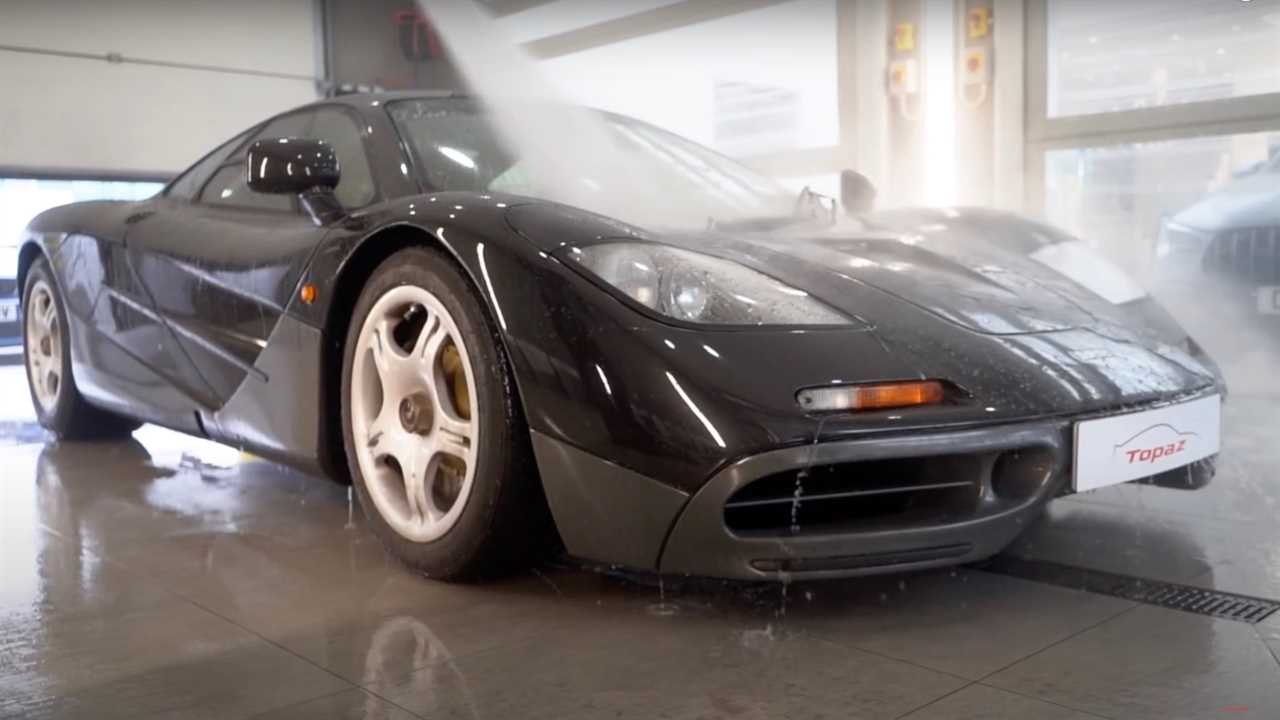
The McLaren F1 occupies a special place in the supercar pantheon because it is impeccably designed and, for once, holds the record for the fastest production car in the world. Even high-priced supercars need to be washed every now and then, and that’s how you do it.
Specializing in exotic cars, Topaz Detailing produces a number of YouTube videos that feature washing and detailing on cars such as a Lamborghini Veneno and an Aston Martin Vulcan. This time it’s the McLaren’s turn. This particular F1 was actually driven from its home in the UK to the Belgian circuit of Spa-Francorchamps and back so it had to be washed thoroughly.
The designer Gordon Murray, known for his masterful Formula 1 cars, wanted to make the F1 the ultimate road car. To achieve this goal, the F1 received a high-revving 6.1-liter V-12 from BMW, a central driving position and a carbon fiber lightweight construction – still a first in the early 1990s.
McLaren F1 gets washed (from Topaz Detailing Video)
While Murray envisioned the F1 as a road car, he ended up racing and winning the 1995 Le Mans 24 Hours. McLaren was then forced to produce improved versions to keep up with the competition, such as the GTR Longtail, but these were less successful than the original version.
Still, F1 is such an icon that both McLaren and Murray launched tributes. The McLaren Speedtail retains the central driving position of the F1, but has a 1,055 hp hybrid drive. Murrays T.50 emphasizes the driving experience with numbers and has a manual transmission and a V-12 naturally aspirated engine that can rev up to 12,100 rpm. A tougher T.50s Niki Lauda version (named after the late three-time F1 champion) dispenses with the manual, but adds more aggressive aerodynamic elements, among other things.
Original F1 road cars are now worth tens of millions of dollars. So better wash carefully.
Did you miss our previous article...
https://formulaone.news/mclaren/f1-race-direction-too-soft-with-traffic-problems-during-gp-qualifying-in-abu-dhabi

